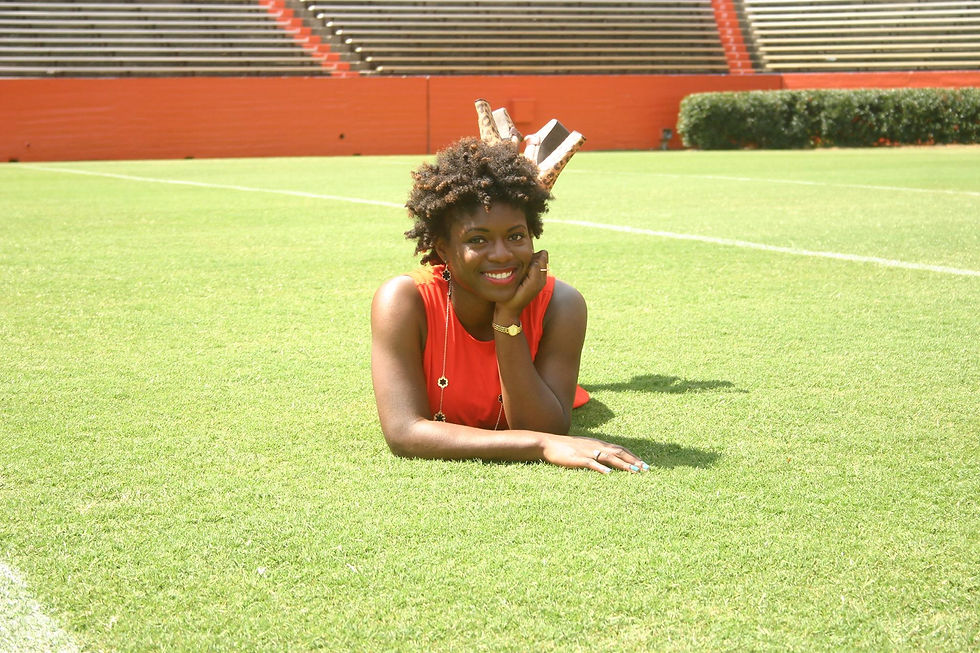


Michelle Hylton
Educator - Lifelong Learner
Geometry
1. Problem: Ms. Smith is taking a log to the lumberyard. The log is 12 feet long, and she wants to have it cut into four pieces that are each 3 feet long. If the lumber-yard charges $2 per cut, how much will she spend?
Methods:
-
Draw a diagram
-
Multiply
-
Number line
Promotes Mathematical Understanding: This task promotes mathematical understanding in that in provides students with the opportunity to visualize and mathematically solve a problem that is authentic. Students can either reason abstractly or use concrete methods to support understanding.
Solution: Drawing a number line leads to an easier transfer of multiplication. Thus if used number line with 12 tick marks representing 12 feet, we could then separate the tick marks into groups of 4 (3 feet each). Because we only need 4 pieces the log only needs to be cut three times. Thus we could multiply, 3 cuts x $2 per cut = $6. Ms. Smith would spend $6.
Problem Source: http://www.portangelesschools.org/students/grade-5-GS.html
Web 2.0 Tools: Doodle Buddy, Number Line App by the Math Learning Center
2. Problem: A rectangular prism has a length of 14 inches, a height of 8 inches, and a width of 3 inches. What is the volume?
Methods:
-
Geometric visualization
-
Volume formula
Promotes Mathematical Understanding: This task promotes mathematical understanding in that students are to use geometric visualization in order to help them understand the volume of the rectangular prism.
Solution: Through Geometric visualization the information given can be drawn, which would lead to the volume formula (length x width x height). Therefore (14 x 8 x 3 =336 cubic inches).
Problem Source: http://www.cde.ca.gov/ta/tg/sr/documents/rtqgr5math.pdf
Web 2.0 Tools: Doodle Buddy App, Educreations Whiteboard App, Microsoft Word, Google Drive
3. Problem: A square piece of paper is folded in half as shown and then cut into two rectangles along the fold. The perimeter of each of the two rectangles is 18 inches. What is the perimeter of the original square?
Methods:
-
Draw a picture
-
Geometric board (one unit = 2 inches)
-
Use the perimeter formula (Perimeter = length x width)
-
Use an actual piece of paper
Promotes Mathematical Understanding: This task promotes mathematical understanding in that students must apply their knowledge of perimeter in order to determine the original of the square.
Solution: Use an actual piece of paper: Take the paper and fold it down the middle horizontally. Cut on the fold. There are now two rectangles that are 18 inches. We can use the perimeter formula to understand the length and width. 2 x 9 and 3 x 6 both equal 18. Knowing that the original square is 24 inches, I am going to go with 3 x 6 since they are both factors of 18 and 24. Therefore, 6 x 3 = 18 inches. If both rectangles were put back together than the length would remain 6 inches, but the width would increase by 3 inches, so that all sides are now 6 inches. Using the formula of perimeter for square (P = 4 x L), we find that the perimeter of the square is 24 inches.
Problem Source: http://www.portangelesschools.org/students/grade-5-GS.html
Web 2.0 Tools: Geoboard App, Educareations Whiteboard App